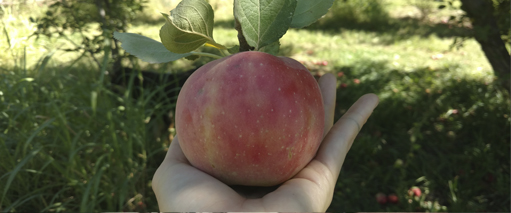Taking In A Fraction Of New Mexico's Orchard Bounty
Taking In A Fraction Of New Mexico's Orchard Bounty


Maggie Grimason
Latest Article|September 3, 2020|Free
::Making Grown Men Cry Since 1992


Maggie Grimason
